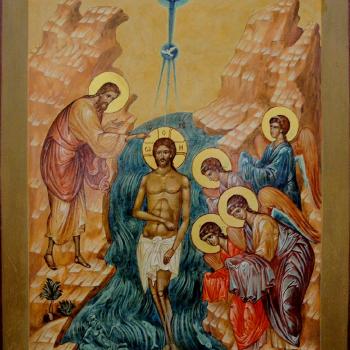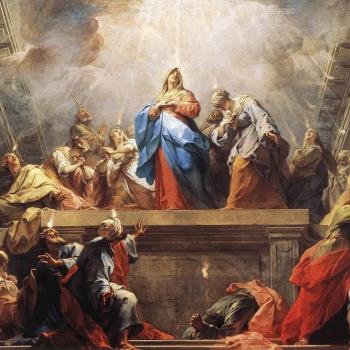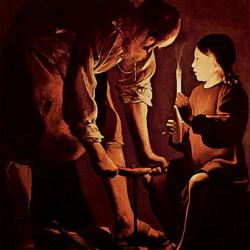But not all histories were overtly apologetic. During the 1840s, the Church became more concerned about how they were understood on a national—and later, international—level. Editorials and brief histories were written to inform interested outsiders, including the texts "Church History" and "Latter Day Saints," both authorized by Smith. While still bold, these texts aimed to be more forthright and open about the church's history and beliefs. It was in this context that Smith presented the "Articles of Faith": thirteen statements that still remain an easy go-to explanation of what makes Mormonism different from other religions.
These overlapping strains concerning history—a sacred duty, a generational service, an apologetic tool, and public relations device—are interwoven through much of Mormonism's historical writings for the next two centuries. As historians have noted, though, much of that writing has tended to be dominated by the apologetic bent—an unfortunate framing that divided historical treatments to either be pro- or anti-Mormon. This began to change in the 1970s when the church's historical department and library started a professionalization process that has, albeit with numerous bumps, bruises, and reversals, continued to the present. Fortunately, church historians today feel the need to present its history in a factual, comprehensive, and honest way, providing works that can be accepted not only by believers but also by interested outsiders and academic historians.
The Joseph Smith Papers Project, then, is not only documenting Mormonism's history-keeping tradition; rather, it is, in a very important and powerful way, the culmination of it.




